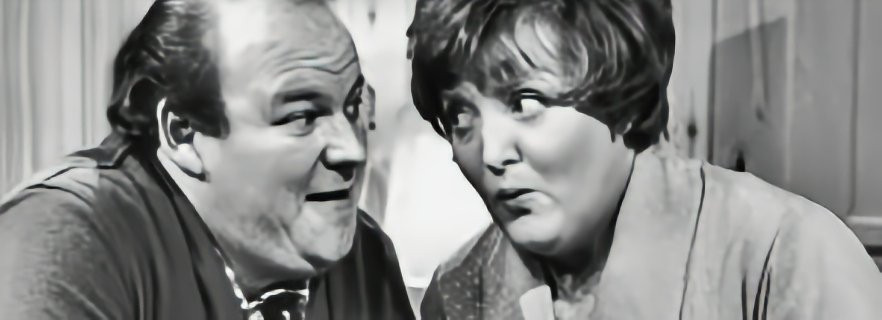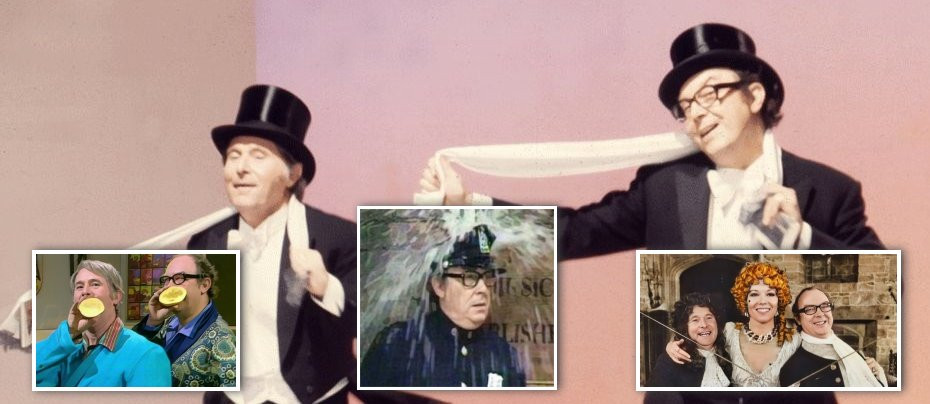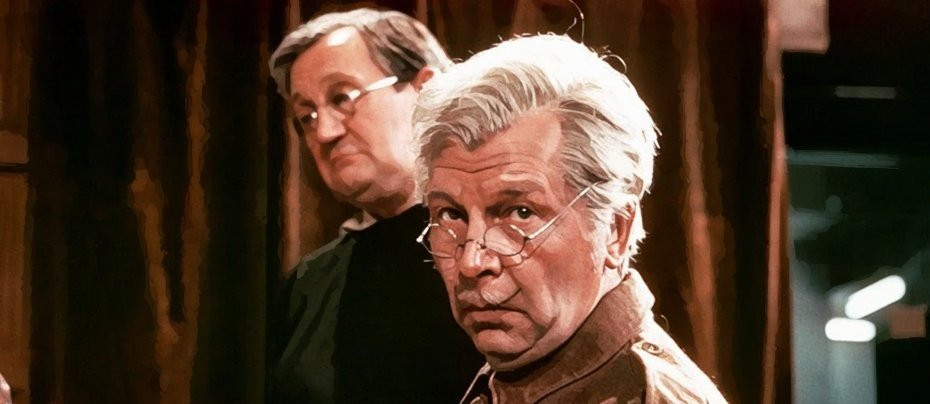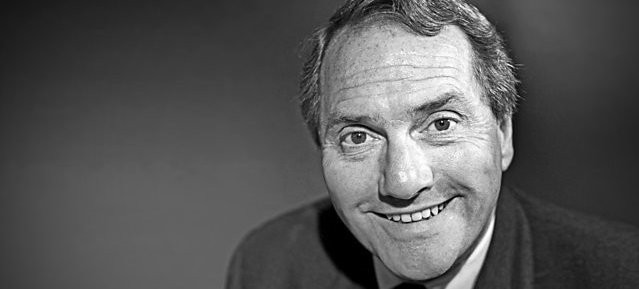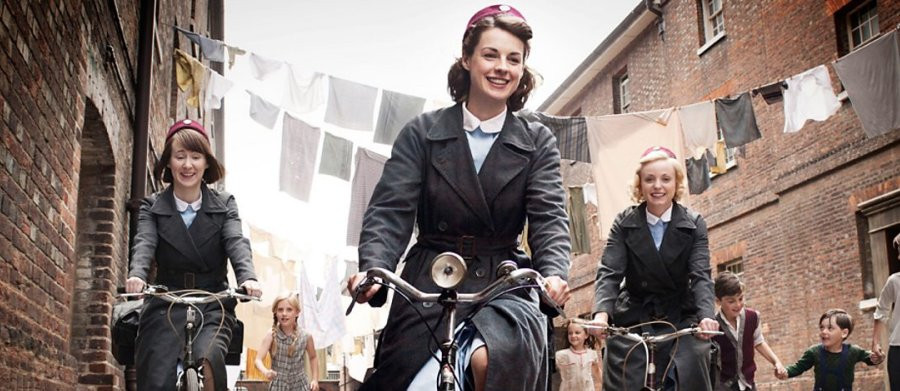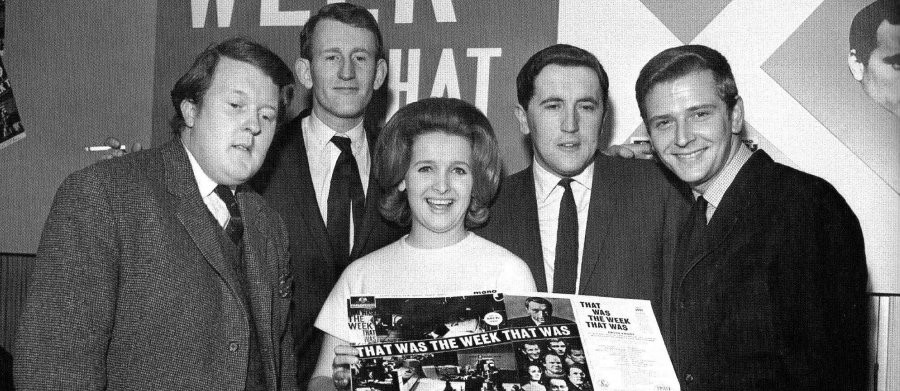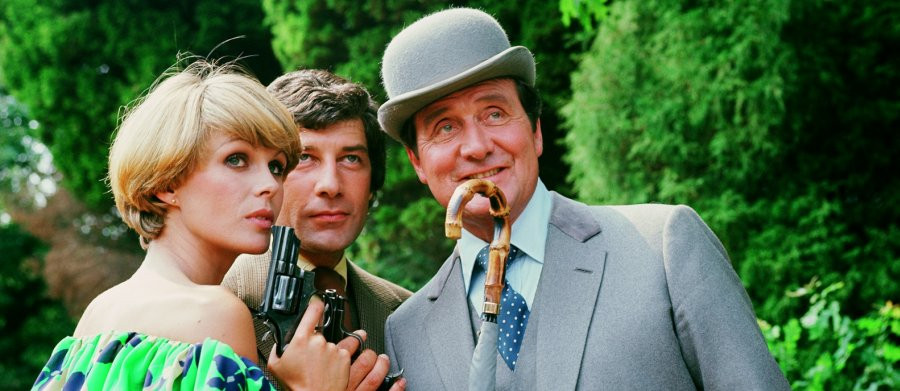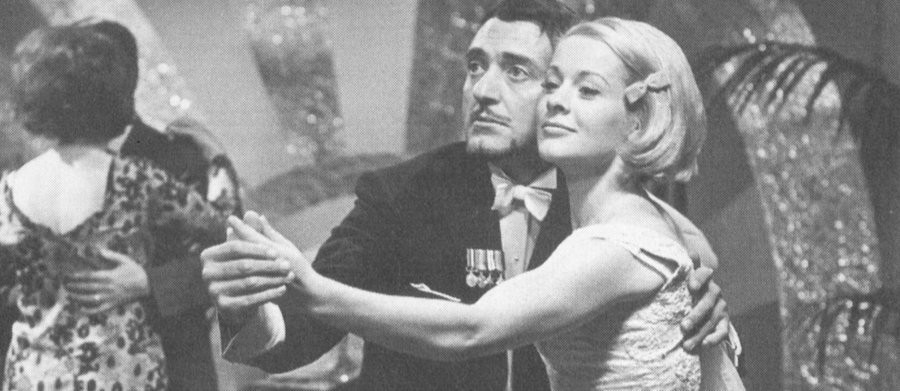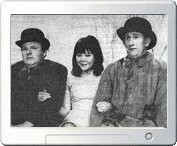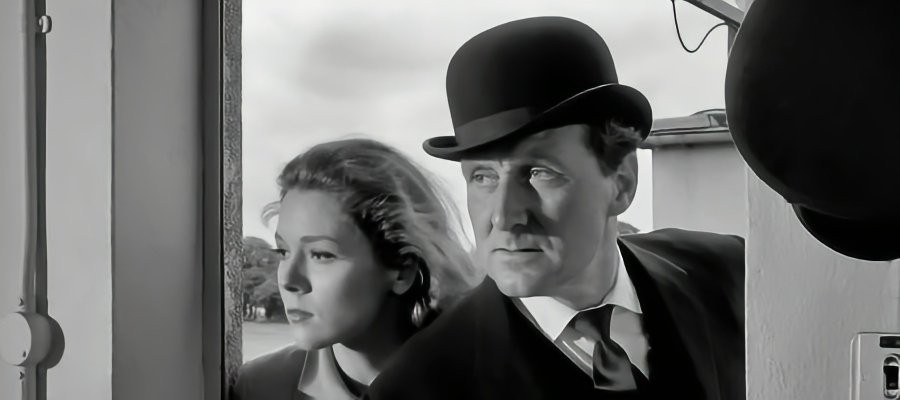
The Best Of...The Avengers - The Hour That Never Was
First broadcast in October 1965, The Hour That Never Was remains, six decades on, one of the most memorable and eerily effective episodes of The Avengers. As the ninth episode of the fourth series, it perfectly encapsulates the qualities that elevated the show from merely popular to truly iconic: playful surrealism, razor-sharp dialogue, understated British wit, and a striking blend of espionage and mystery that no other programme quite managed to replicate.
As Steed (with passenger Mrs Peel) crashes his Bentley to avoid a dog, with the car’s clock freezing just before 11, viewers are plunged into a mystery that dances deliciously on the edge of the uncanny. From the moment they arrive at a nearby RAF base, the story takes on an almost Twilight Zone feel. The air is heavy with silence, the base hauntingly empty — yet full of signs that life was happening only moments before. Fish frozen in mid-swim, an electric razor still humming, milk pouring from an abandoned float. It's not just suspenseful; it's dreamlike — the hour that never was indeed never feels quite real.
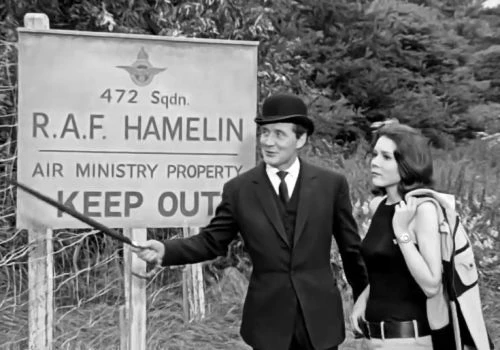
This episode is a textbook example of the show’s fondness for desolate locations and quietly unsettling atmospheres. The use of the deserted RAF base adds both scale and strangeness. In the story, the base is named Hamelin (actually Bovingdon Airfield), a name purposely reminiscent of Hamlin, of Pied Piper fame — a not-so-subtle evocative touch. Just as the Piper lured the town’s children away with music, here too we find people mysteriously vanished, seemingly spirited away by an unseen force, as if mesmerised and led into oblivion. It's a clever and haunting suggestion of what may befall the characters, and a metaphor, perhaps, for Cold War paranoia: something sinister hiding behind the curtain of normality.

Patrick Macnee is, as ever, the embodiment of British charm and sangfroid, even as Steed slowly realises he’s trapped in a kind of temporal illusion. Diana Rigg, still early in her tenure as Mrs Peel, gives a performance that hints at why she would become such a cultural icon. Her wardrobe — low-slung trousers, bold belt, sleeveless vest — accentuates both her physical presence and her modernity, underscoring the shift in The Avengers from gentlemanly spy yarn to mod-infused fantasy. It’s clear by this point that the production team knew exactly what they had in her: not just style, but substance.
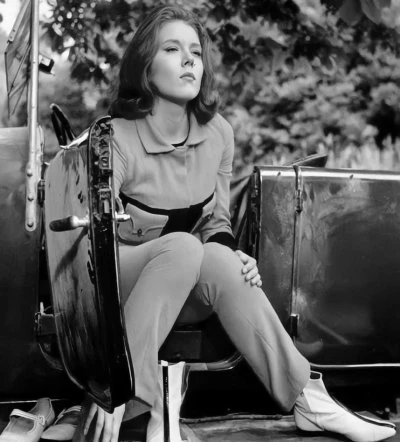
The narrative is daring for 1960s television. It loops in on itself, with the car crash repeating and time apparently resetting. There’s something almost Lynchian in the way the same scene plays out twice, each time revealing a different layer of the mystery. The explanation — that a group of military personnel have been hypnotised and programmed for future sabotage, to be auctioned off to the highest bidder — is both utterly bonkers and deeply compelling, a fine example of the show’s willingness to brush against the edges of science fiction while keeping one foot in the spy genre.
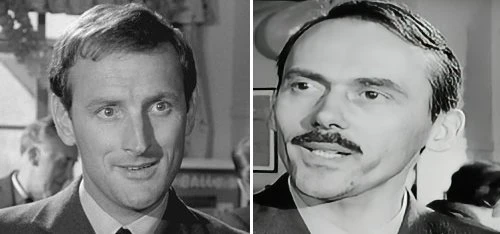
Gerald Harper gives a memorably suave turn as Steed’s old RAF chum, his affable, hail-fellow-well-met bonhomie hiding what might possibly be darker undertones. As the episode progresses, the sense of unreality is sharpened by his presence — too genial, too polished, too perfectly at ease, the audience is never certain that he can be trusted. Alongside him, Dudley Foster brings icy menace as the real chief villain orchestrating the plot, his calm authority and clipped delivery lending weight to the otherwise far-fetched scheme. Together, Harper and Foster add gravitas and texture to the unfolding drama, grounding its outlandish elements in compelling performances.
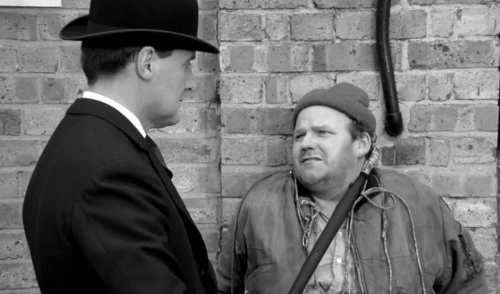
Gerry O’Hara’s direction is sharp, making the most of the eerie stillness and sudden bursts of absurdity. Roger Marshall’s script is tight, inventive, and infused with sly humour — nowhere better than in Roy Kinnear’s turn as the scavenging vagrant. His explanation for remaining near the RAF base, “best dustbins in the business,” is pure Avengers gold: odd, funny, and just a bit melancholic. The episode even ends with a literal dose of laughing gas, rendering Steed and Mrs Peel helpless with laughter — a final wink to the audience that no matter how dark the plot, The Avengers never takes itself too seriously.
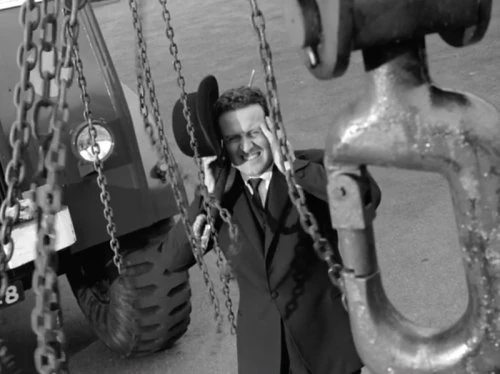
What makes The Hour That Never Was endure, is not just its high-concept plot or clever twists, but how quintessentially Avengers it is. The stylish protagonists, the deserted but richly detailed set, the unnerving manipulation of time and identity, and the balance of wit and menace all remind us why this series became a touchstone for cult television. It’s television at its most playful and intelligent, and a benchmark of how creativity can thrive even within the bounds of 1960s broadcast limitations.
Sixty years later, this episode still has the power to captivate, disturb, and entertain — a testament to a series that never quite played by the rules, and remains all the more beloved for it.
Published on July 11th, 2025. Written by Percival Wexley-Smith for Television Heaven.


